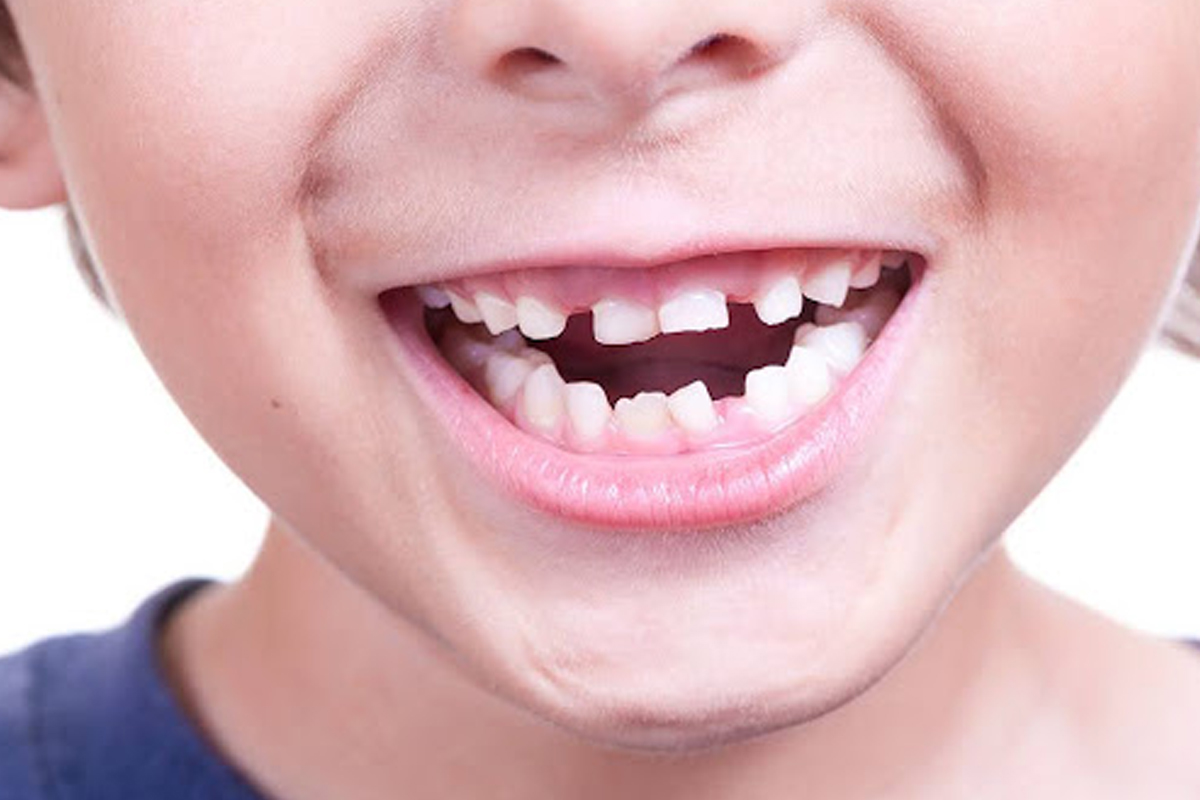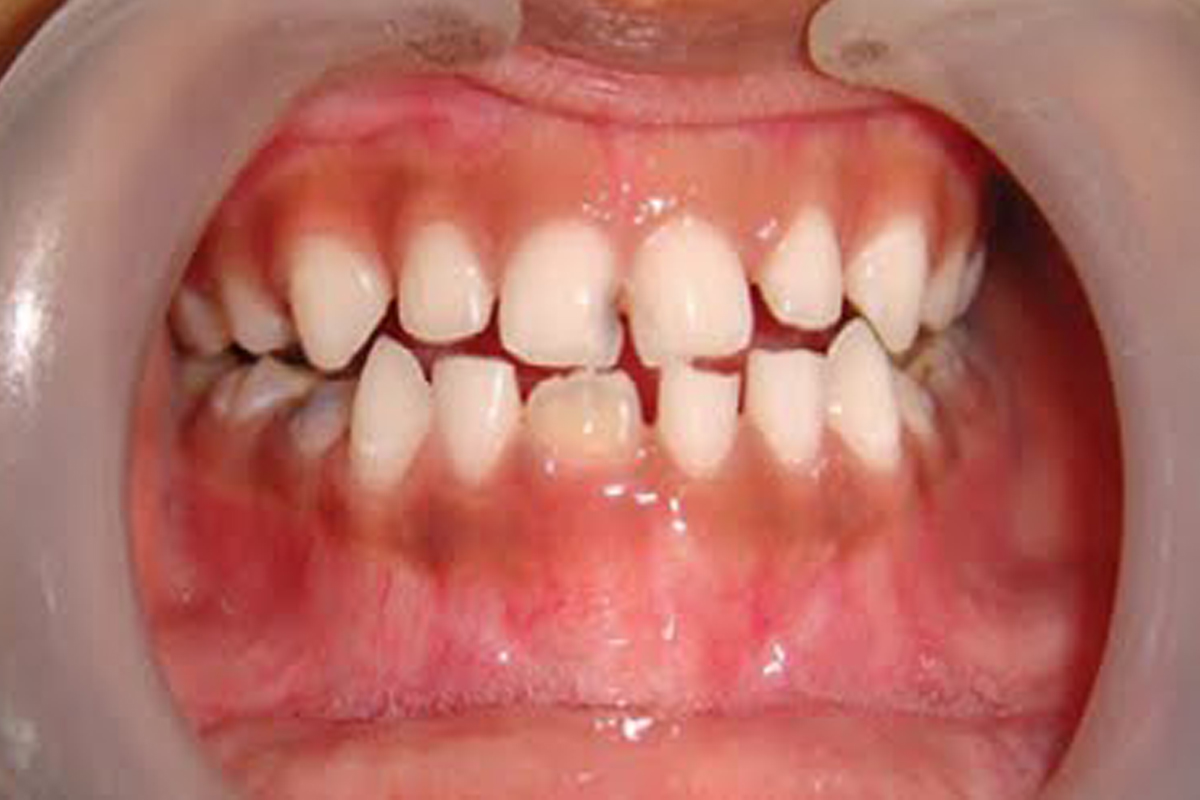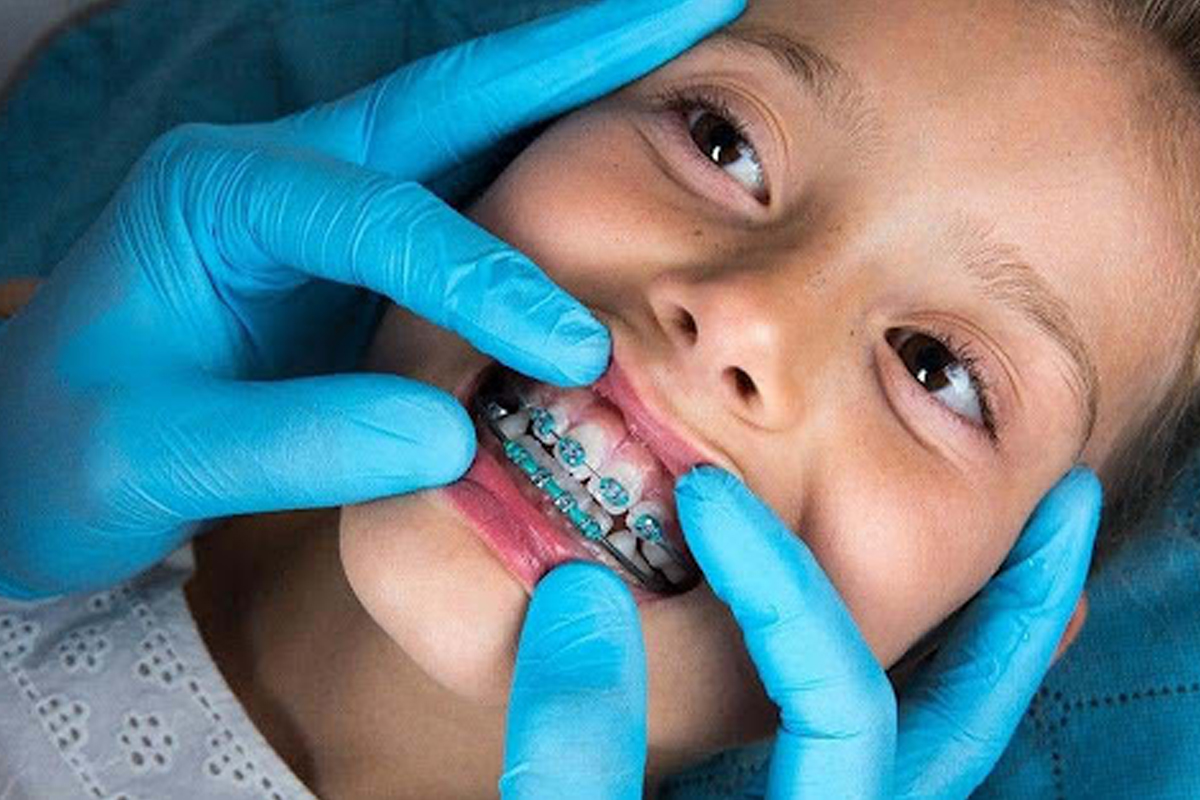Navigating your child’s dental journey from their first tooth to the day they get braces can be overwhelming. As a parent, you play a critical role in shaping your child’s oral health habits and ensuring they have a healthy smile that lasts a lifetime. This guide will walk you through the different stages of your child’s dental development and provide practical tips to keep their teeth in top shape.
Stage 1: Baby Teeth (Primary Teeth)

Baby teeth, or primary teeth, are your child’s first set of teeth. They typically begin to appear around six months of age and are fully developed by age three. These teeth may be temporary, but they serve essential functions, such as helping your child chew, speak, and hold space for their permanent teeth.
Caring for Baby Teeth
- Start EarlyClean your baby’s gums with a damp cloth before teeth appear.
- Introduce Brushing:Use a soft-bristled toothbrush and a rice-sized amount of fluoride toothpaste once the first tooth erupts.
- Avoid Sugary DrinksProlonged exposure to sugary liquids can lead to baby bottle tooth decay.
- First Dental Visit:Schedule your child’s first dental visit by their first birthday to establish a healthy routine.
Common Challenges
- TeethingSwollen gums and irritability are common during teething. Provide teething rings or a clean, cool cloth to soothe discomfort.
- Thumb Sucking:Prolonged thumb-sucking beyond age four may affect teeth alignment. Encourage alternative soothing techniques if this habit persists.
Stage 2: Mixed Dentition (6 to 12 Years)

During this stage, your child will have a mix of baby teeth and permanent teeth. Permanent teeth typically start erupting around age six, beginning with the molars and front teeth. This stage is critical for setting the foundation for healthy adult teeth.
Oral Care During Mixed Dentition
- Supervise Brushing and Flossing: Teach your child proper brushing techniques and ensure they floss daily.
- Sealants: Dental sealants on molars can prevent cavities by protecting hard-to-reach grooves.
- Regular Checkups: Routine dental visits are essential for tracking tooth development and preventing issues.
- Healthy Diet: Limit sugary snacks and encourage foods rich in calcium and phosphorus, like dairy products and leafy greens.
Common Issues
- Cavities: Permanent teeth are more susceptible to decay. Reinforce good oral hygiene habits.
- Crowding: Monitor for signs of crowded teeth, which may require orthodontic intervention.
Stage 3: Preteen and Teen Years (Braces and Beyond)

As your child enters their preteen years, they may need orthodontic treatment, such as braces, to correct alignment issues. While this stage focuses on achieving a straighter smile, maintaining oral hygiene becomes even more important.
Caring for Teeth with Braces
- Specialized Cleaning Tools: Provide your child with orthodontic-friendly toothbrushes, floss threaders, and interdental brushes.
- Avoid Sticky Foods: Hard and sticky snacks can damage braces and increase the risk of cavities.
- Regular Adjustments: Attend all orthodontic appointments to ensure braces are working effectively.
Importance of Retainers
After braces are removed, retainers are essential to maintain the corrected alignment. Ensure your child wears their retainer as prescribed to prevent teeth from shifting back.
Tips for Parents: Building Lifelong Oral Hygiene Habits
- Lead by Example: Children often mimic their parents’ habits. Brush and floss with your child to make it a shared activity.
- Make It Fun: Use colorful toothbrushes, fun toothpaste flavors, or reward charts to encourage regular brushing.
- Educate Early: Teach your child about the importance of oral hygiene and the consequences of neglecting it.
- Regular Dental Visits: Establish a routine of bi-annual dental checkups and cleanings.
When to Seek Professional Help
Some dental issues require immediate attention to prevent further complications. Here are some signs that you should visit a dentist:
- Persistent toothache or sensitivity.
- Bleeding or swollen gums.
- Teeth grinding (bruxism) that causes jaw pain or wear on teeth.
- Misaligned teeth or bite issues.
- Delayed eruption of permanent teeth.
Conclusion
Ensuring your child’s dental health from baby teeth to braces may seem like a daunting task, but with the right guidance and habits, it’s manageable. Taking proactive steps during each stage of their development will give your child the foundation for a healthy, confident smile that lasts a lifetime.
At Mayfield Ranch Dental, we understand the unique needs of growing smiles. As the best dentist in Round Rock, TX, our team is dedicated to providing exceptional care for patients of all ages. Whether it’s a first dental visit, cavity prevention, or orthodontic treatment, we’re here to support your family every step of the way. Schedule your child’s appointment today and let us help you build a bright, healthy future.

